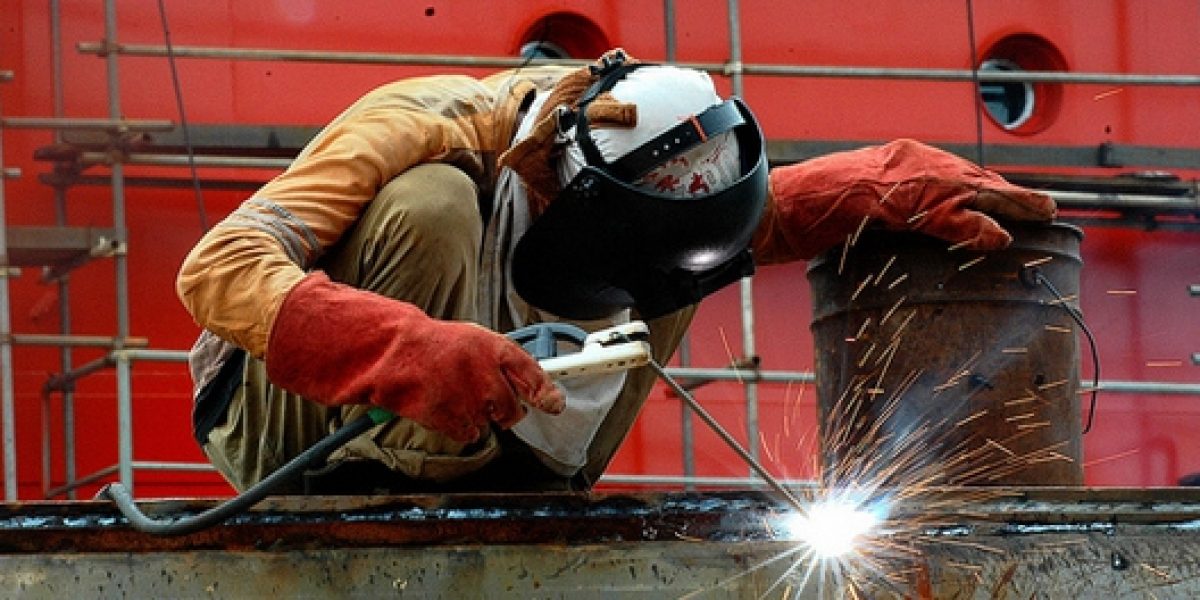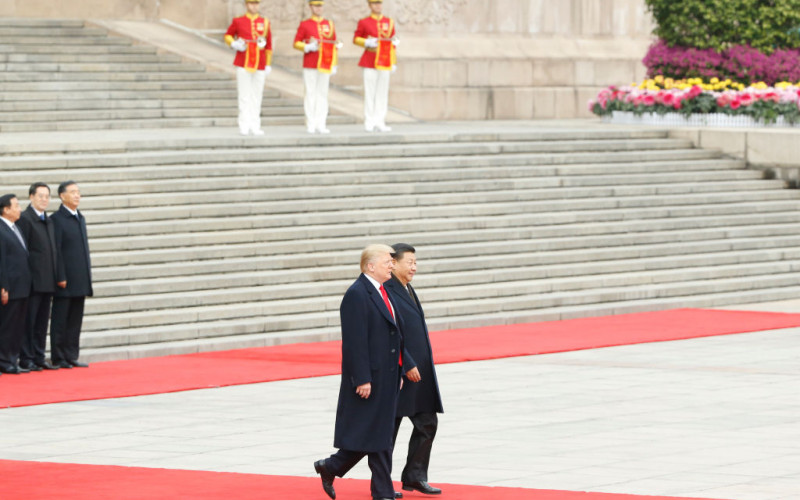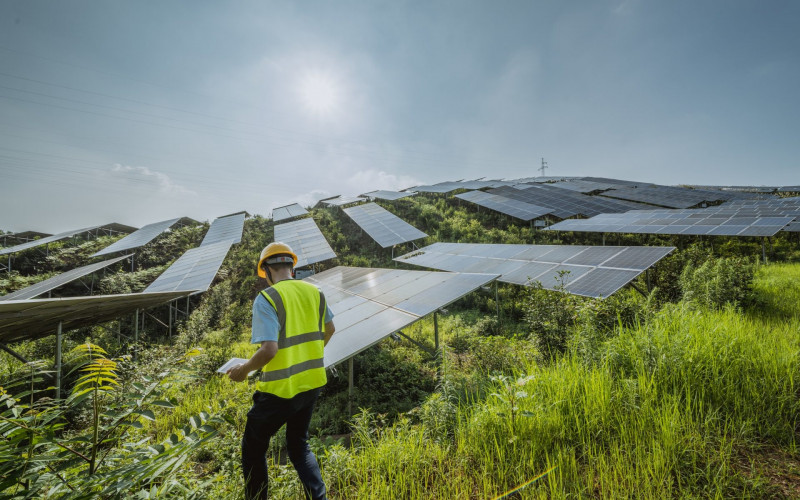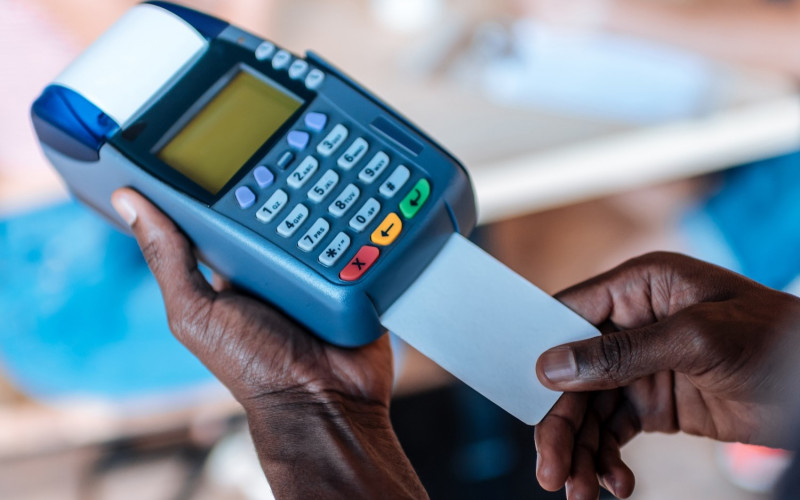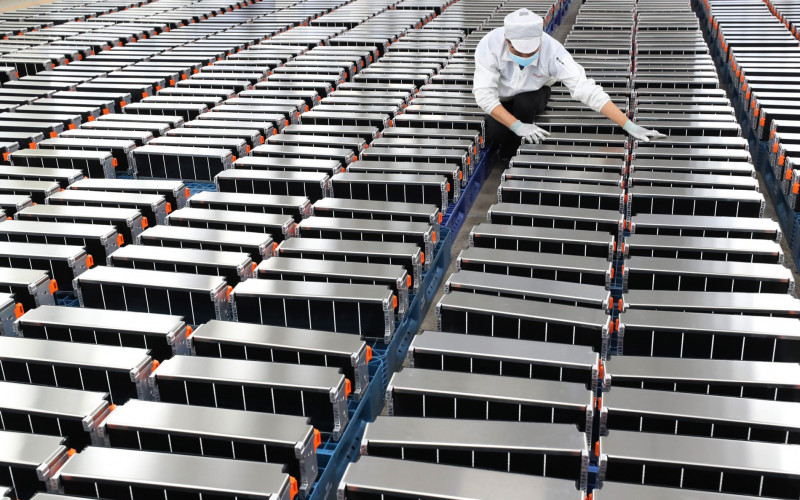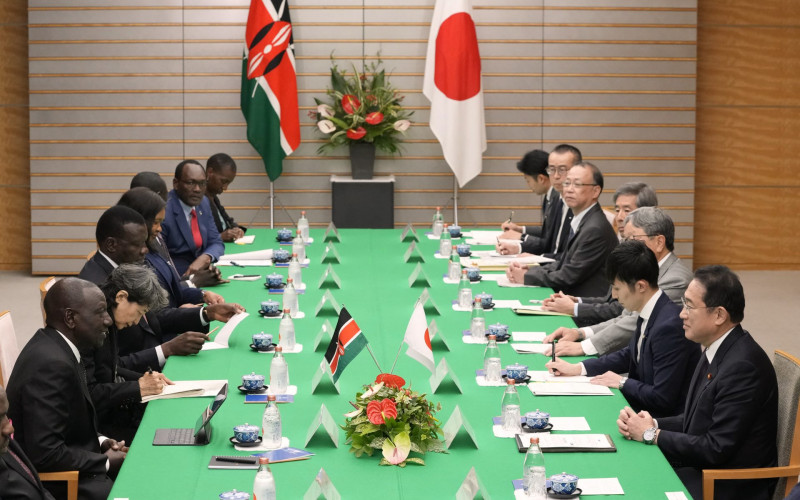While this vision remains under development, the engagement is intended as a multi-pronged diplomatic, economic and strategic initiative – as well as one that encourages closer cross-cultural contact – that will intensify China’s relations with Africa. Indeed this raises questions about the impact that the maritime initiative in particular will have on South Africa’s interests, given it is in the midst of developing its own maritime economy through Operation Phakisa and will assume the chair of the Indian Ocean Rim Association (IORA) after Indonesia which currently chairs it.
At first glance China’s Maritime Silk Road initiative does not appear to reach as far down as South Africa. Rather there is a clear regional focus to this initiative, as indicated by various infrastructure investments in port facilities – such as the reported $10bn project in Bagamoyo, Tanzania – and intra-regional transport networks in East Africa, as well as the recent naval basing agreement with Djibouti. Still there are direct and indirect links to South Africa’s interests in a number of ways.
The expansion of Chinese commercial and security interests into Eastern Africa and the Horn of Africa holds implications for South Africa’s own commercial interests in these regions. Moreover China’s relations with SADC members (such as Tanzania) and links to the interior, through countries such as the DRC and Zambia, suggest the commencing of a process of gravitation – in an economic sense – ‘eastward’ instead of ‘southward’. For some analysts, the significance of the Maritime Silk Road is as much geostrategic as it is commercial: it serves as a perceived counter-weight to the US-led Trans-Pacific Partnership (TPP) (which does not include China) and the Transatlantic Trade and Investment Partnership (TTIP).
At the launch of the Year of China-ASEAN Maritime Co-operation in March 2015 in Thailand, PRC State Councillor Yang Jiechi, highlighted that the key themes underpinning the Maritime Silk Road were: Mutual trust and mutual benefit; connectivity through the development of maritime infrastructure (ports, special economic zones and FTZs); and ‘early harvest’, meaning that all parties would reap benefits from the initiative in a short space of time, and should hence move swiftly with the various facets of the initiative.
Nevertheless, the Chinese initiative would need to be accompanied by significantly more trade or investment agreements to compete in content with the objectives of the TTIP and TPP. These mega-regional trade agreements are aimed at setting out the rules of trade for the 21st century and aim to harmonise regulations and significantly reduce non-tariff barriers, whereas the 21st century Maritime Silk Road is expected to focus largely on the provision of hard infrastructure and the financing thereof.
The general economic argument is that development gains in East Africa that result from the maritime initiative could have a positive spillover effect on the South African economy and generate new opportunities for South African exports and services. However, such gains may also increase competition significantly in the rest of Africa that has become a huge market for goods and services over the last decade. Indeed expanding Chinese economic interests will inevitably intersect with existing South African initiatives such as Operation Phakisa and the more general role it plays in fostering maritime co-operation throughout the Indian Ocean Rim. Phakisa’s ‘blue economy’ is articulated mostly in terms of enhancing domestic facilities and asserting sovereignty over maritime territories but is ultimately premised on strengthening South Africa economically as a hub for trade with Africa. South Africa’s role may also be further determined by parallel developments, such as the extent to which the BRICS New Development Bank is involved in such related projects.
One of Operation Phakisa’s most frequently mentioned initiatives is the development of the marine transport and manufacturing industry. During President Zuma’s opening remarks at the Launch of Operation Phakisa (October 2014), he highlighted that South Africa possesses the human capital, strategic location and infrastructure necessary for the fostering of a competitive maritime manufacturing and service industry. He also mentioned that South Africa has only captured 1% of the global ship and rig repair and servicing market, despite South Africa’s competitive advantage and regional demand for such services. In order to foster growth in this sector, Operation Phakisa’s Marine Transport Workstream has developed 18 initiatives across three sections: infrastructure and operations, skills and capacity building, and market growth.
More information about Operation Phakisa can be found on the official Operation Phakisa website.
The collaboration between China and South Africa in the shipbuilding industry could also potentially increase the intersections between respective priorities. During April 2015, South African Shipyards (SAS) and China Shipbuilding Trading Company (CSTC), a subsidiary of China State Shipbuilding Corporation, signed an MOU for technical and professional exchanges in order to promote cooperation on projects. One such project targeted is a R12 million Saldanha Bay oil and gas hub that could cater to the South African and West African markets. Similarly in 2013 Chinese investment firm Chery holdings, signed a deal to construct a new shipbuilding and repair facility in Richards Bay. These deals hope to benefit from the increase of maritime traffic between West and East Africa, as well as increased China-Africa trade. Of course other players are set to increase their involvement as well, such as South Africa reportedly partnering with South Korea to possibly build a national shipping company. In May 2015, Korean minister of oceans and fisheries Yoo Ki-june announced that South Africa and South Korea will strengthen co-operation in the areas of oceans, shipbuilding and fisheries.
Provision for securing the Chinese maritime route also feature in the work of the Forum on China-Africa’s Cooperation (FOCAC) – a platform to establish key priorities in China-Africa relations operational since 2000. With management of peace and security increasingly being devolved down from the AU to Africa’s sub-regional organisations, China like other external powers, is looking to support this with resources, training and through military-based agreements. Assuring that Chinese commitments in this sector cohere with AU policies and practices is important to South Africa. In this context, it is also worth noting China’s ambitions beyond the Indian Ocean and into the Atlantic, as seen in the the proposed establishment of a Chinese naval base in Walvis Bay. It is for this reason that South Africa may have interest in developing an Indo-Atlantic maritime strategy (echoing India and Indonesia’s use of the term ‘Indo-Pacific’) that addresses the role of other powers in its neighbourhood and its responses.
Questions remain on how the maritime silk road initiative will develop. What is clear is the importance that China places on the two historical routes, having published an official vision document earlier this year. Beijing has held consultations with Malaysia, Singapore and Indonesia, although it is unclear how far specific proposals related to the concept have been discussed or implemented. Yet such countries are seeing the Silk Road as converging with their own ASEAN Master Plan for Connectivity.
Similar parallels could take place in the African context, for instance aligning the maritime economy more readily with the North-South Corridor project. Moreover there are direct and indirect synergies with FOCAC – of which South Africa is currently co-chair (2015-2018) and whose current priorities include continental infrastructure, healthcare co-operation and peace and security.
Importantly South Africa needs to make a conscious effort to unpack the scope of its own ambitious maritime strategy in order to find intersects between its national interests, its existing continental development plans and other external partners’ maritime initiatives.
This article was authored by a range of SAIIA staff, from across different programmes.

